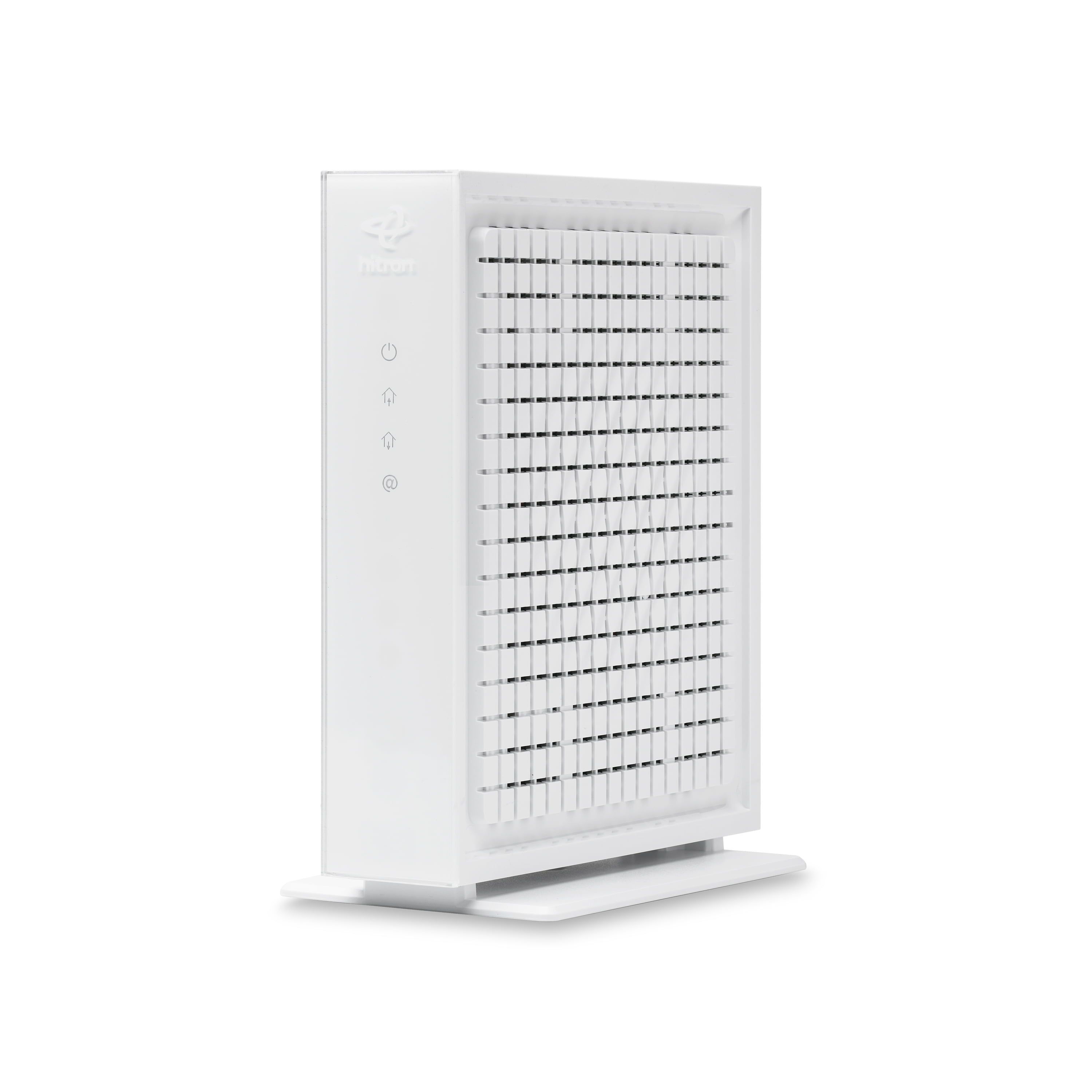I was reviewing the Comcast Xfinity "compatible cable modem" list in my area and I see that Comcast has started to organize their certified cable modems into four distinct quality categories:
- Recommended Next-Gen Modems
- Recommended Modems
- Compatible Modems that are recommended
- Compatible (but not specifically recommended) Modems
 |
| Hitron CODA56 cable modem |
In terms of future proofing, it is clear that the "Recommended Next-Gen" category lists all the modems that Comcast prefers moving ahead, as the modems in this category all support the fastest high-speed upload performance.
What I've read is that these most advanced "next-gen" modems support "mid-split" and "high-split" mode, allowing them to deliver higher speeds on modernized cable TV systems. Of course not all cable systems are modernized - some might be decades old.
Surprisingly, Comcast only lists two non-"voice telephone" models in the most advanced "next-gen" category:
... and that's it! Only these two Hitron modems meets Comcast's golden "Next-Gen" modem mark. No Arris, no Motorola, no TP-Link. Also surprising is that there are a grand total of zero Docsis 4.0 modems that make Comcast's list. Zero. That's a big surprise to me, because I've been a fan of the Arris modem line for well over a decade.
These Hitron modems support both Docsis 3.1 plus the much faster 450 Mbps upload speeds. Obviously, the Hitron CODA with gigabit ports is restricted to a gigabit of throughput, whereas the CODA56 has dual 2.5 Gbit ports.
Discussion
I've been a steady Arris owner/user for years. They've been simple and reliable for me, with no failures and no instability. Arris has been my go-to modem brand because they earned it. But when it comes time for me to upgrade, I will be seriously considering the Hitron lineup, because suddenly Arris looks to be behind the curve - at least from the Xfinity vantage point.
My larger concern about all this is that the DOCSIS cable modem industry may be fading. There are numerous brands today, but there are many fewer modem chipsets, and there is a distinct lack of "next gen" modems on the market.
All this could be due to the limited future of coax cable. Coax is a contracting wiring strategy, as new deployments are increasingly optical fiber - as fiber is less expensive and has far more capacity. As the millions of miles of 20 to 40 year old coax is retired, there will be less demand for DOCSIS cable modems. It shouldn't be a surprise that manufacturers don't want to invest in a shrinking technology.
Conclusion
The Comcast modem list will likely change over time, and it may be different in your area. But for now, for Comcast / Xfinity customers, I suggest looking into these recommended Hitron modems, and give the Xfinity "Recommended Devices" list a look to make sure you are making the best choice for your service and locality.